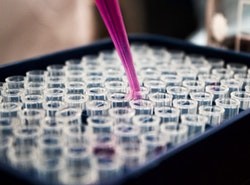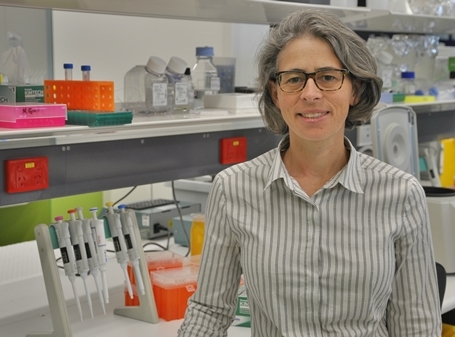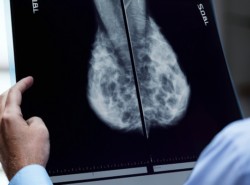
Improving understanding of early breast cancer within the milk ducts
Published: 10/7/19 11:23 PM

Kylie Gorringe
Ductal carcinoma in situ (DCIS) is a breast tumour contained within the breast milk ducts without having spread into the surrounding breast tissue. It is quite common, making up 20-25% of tumours detected by mammography.
Most DCIS are removed by surgery and treated with radiotherapy. However, in about 20% of cases a tumour can come back in the same breast. In half of these women, the tumour that returns is invasive, meaning it has spread out of the duct and could spread further in the body.
It is not yet known what genetic changes occur in the DCIS cells to make them invasive. It is generally assumed that a returning tumour is the same as the first one (clonal) and has grown from cells left behind after surgery. However, in an unknown number of cases, the tumour is in fact new and not related to the original DCIS (non-clonal).
At present, there is no good way of predicting which DCIS will recur. This might be because current methods are based on features of the first tumour, and they would not be accurate if the second tumour is different from the first. In addition, we do not know if radiotherapy increases the chance of a second independent tumour arising.
In this NBCF-funded study, Dr Kylie Gorringe will determine how many DCIS recurrences are clonal, whether this proportion is different with radiotherapy, and whether genetic changes make a DCIS come back as invasive cancer.
This research will help to better understand recurrence of DCIS, working to improve treatment, quality of life and survival rate of those diagnosed with this pre-invasive type of breast cancer.

